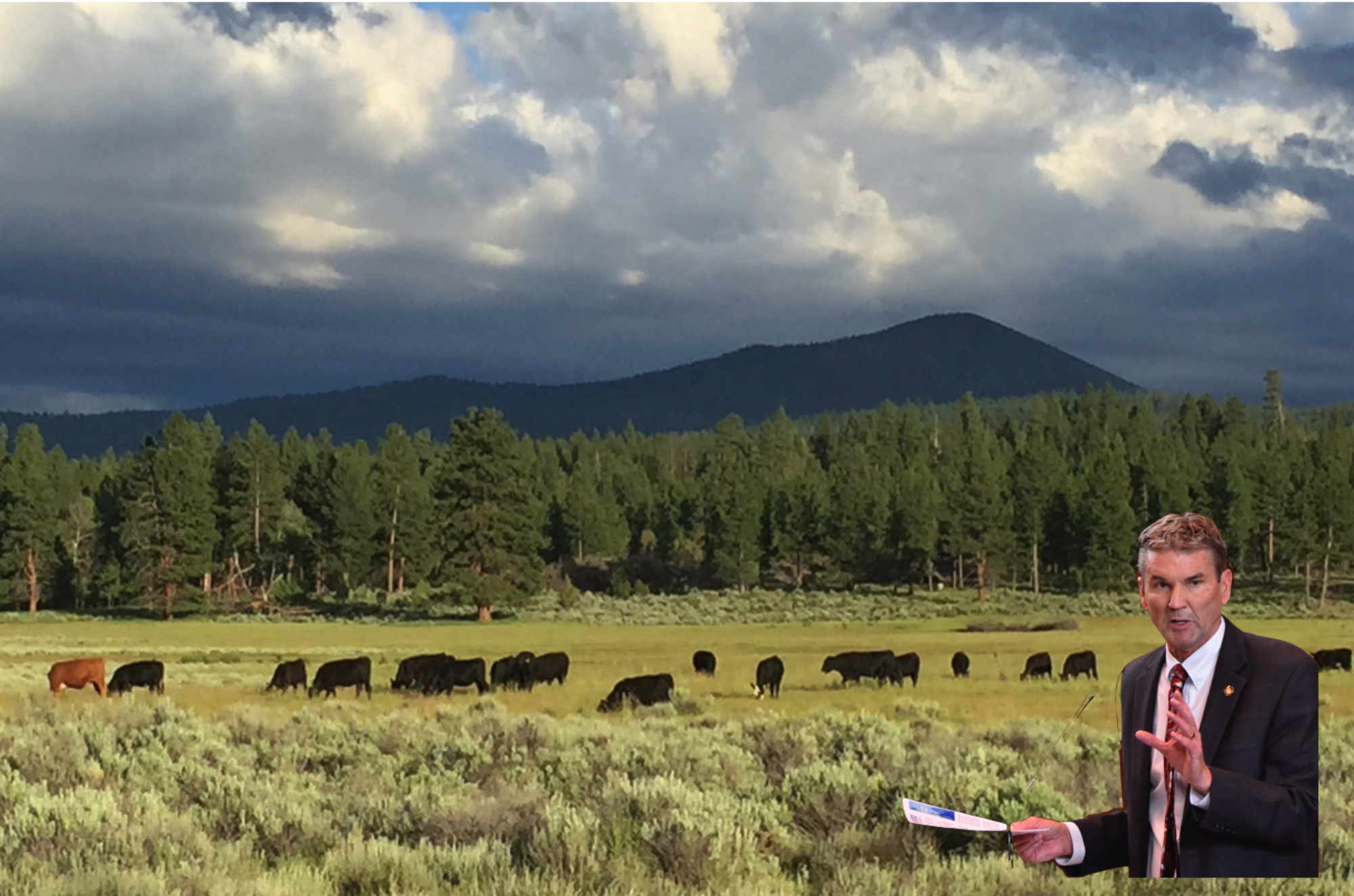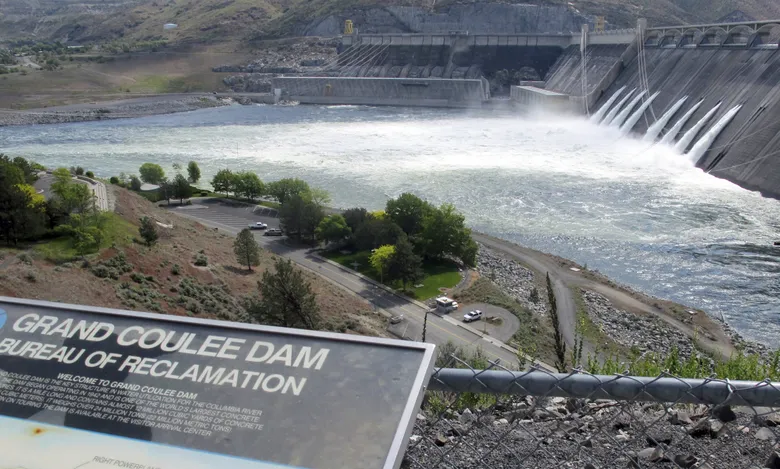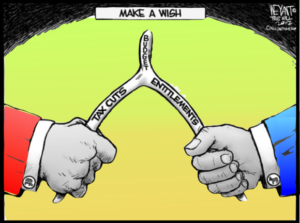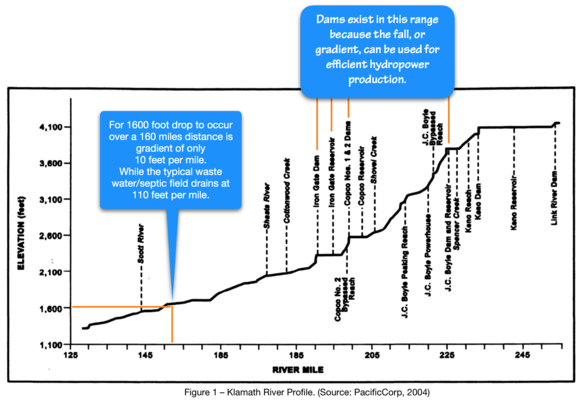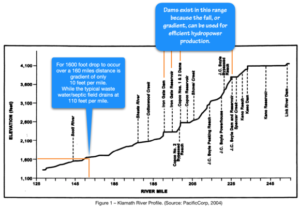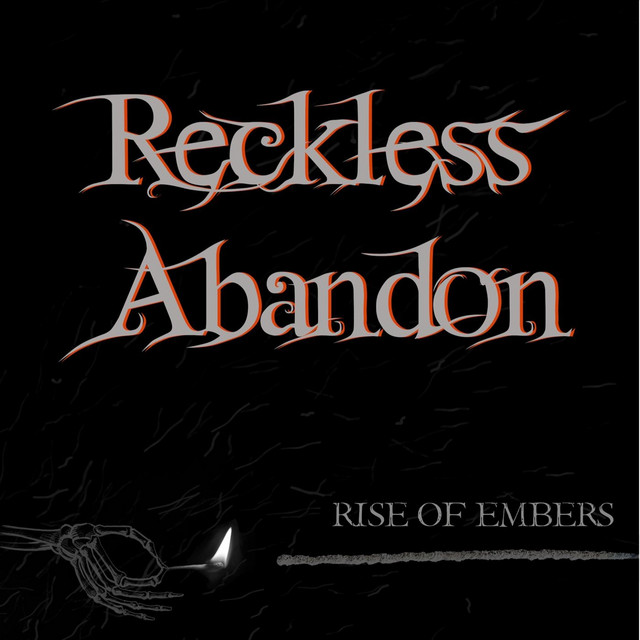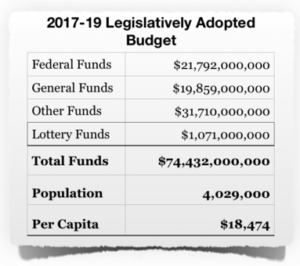Oregon State Legislature sent this bulletin Thursday, January 4, 2018 by devadmin
I hope you enjoyed your holidays and had a Merry Christmas season and are looking forward to a Happy New Year!
Today, I want to wish the best for you and your family, as you start the New Year afresh, with new goals, positive objectives and good things to accomplish.
It is entirely natural that men and women will reach for the stars in their efforts to achieve their best and broadest personal development. After all, we were born to create. It is in our spirit and our makeup. Aristotle identifies humans as zoon politikon – political animals, or social beings. We are that, but we are more.
We are creative beings. We put our noses to the grindstone. We use the sweat of our brow combined with the strength of our backbone and the innovation of our minds to invent, achieve and produce prosperity out of the natural resources in our environment. We are, quite literally, beings made in the image of the Divine.
We know this intuitively. Most of us find a sense of great accomplishment and joy in getting things done. In fact, work is often more rewarding when we are tackling big projects. Each of us takes great pride in carving out a living, by achieving what few others thought possible, by striving against all odds because we have an idea that we believe in.
We also know, that Man’s natural rights are not limited to the political sphere, but his natural rights have something to do with his place in the world and the stretching power of his spirit and talent.
The end of government, therefore, is to secure an individual’s freedom and provide each person with an opportunity to translate that freedom into his or her own creative growth.

Free-markets are marvelously successful because of this constant striving. There is no coercion in a free market where all transactions are voluntary. If you want tacos, t-shirts, or a Toyota, then, you get to choose. The market provides the mechanism. Additionally, there is always room for another vendor to produce a better taco or a higher quality car at a lower price and gain additional market share.
Unfortunately, over the last 50 years, occupational licensing requirements have grown dramatically in both scope and scale. Across America, nearly one in three Americans needs the government’s permission to work.
This trend has not resulted in dramatically improved safety and quality standards, or in higher consumer satisfaction. The only thing it has accomplished has been to limit access to employment opportunities based upon needless government policy that limit competitive opportunities.
If you think about it, you don’t see consumers advocating for more stringent education and licensing schemes when a new taco truck shows up in town. Most people are just happy to see another option on the corner.
Well then, who advocates for such things? Answer: government agencies, occupational and trade associations, and professional lobbyists for business who don’t like the idea of tough, street-level competition or new market innovators.
Legislators respond by granting state boards and commissions the ability to determine licensing, education and training requirements. Yet, this doesn’t actually help people get ahead. Instead, it makes it more difficult for people to get a leg up.
In an effort to give people more freedom for advancement, more opportunities in the workplace and create more productive and prosperous environments for themselves and their families, Republican’s garnered enough momentum to pass legislation that became effective law on January 1, 2018. My Republican colleague, Senator Kim Thatcher–District 13 was a chief sponsor of the bill.
This law now designates various professional licensing boards the responsibility of considering relevant work experience in place of a high school diploma, or any other equivalent education requirements.
It also allows those licensing boards to substitute OJT – on the job training, in lieu of school attendance or class-work.
In other words, if someone without a high school diploma has been working a job for many years and the licensing or certification requires a certain education level, this bill directs the licensing board to consider their real-life experience.
There is no benefit to the state’s needless saddling of individuals or in the burdening of businesses with its intricate licensing schemes.
This bill, which is now Oregon law, recognizes the dynamic circumstances of Oregonians. We all know folks in our community who never completed high school but went straight into the workforce. They have been in their trade for quite some time and have a deep knowledge of their specific craft.
They should not be barred from advancement because they unfortunately could not finish high school or couldn’t afford college training. This new legislation will help them reach their full potential without being hampered by needless regulatory constraints.
This coming year, I hope to solve more of these regulatory roadblocks where I can gather the needed Bi-Partisan support for common-sense legislation that will allow the citizens of our state to achieve their full potential.
I look forward reducing the unseemly roadblocks that have been erected in the path of those looking for an honest day’s wage for an honest day’s work in the year ahead. Please keep me informed whenever you see some unnecessary rule blocking your path. I will strive to tear-down those obstacles to make life better for you and yours.
The purpose of government is to, “secure the Blessings of Liberty to ourselves and our Posterity.” I will continue to strive for that end, in the Senate, during 2018.
Wishing you a happy and prosperous New Year for 2018.
Remember, if we don’t stand for rural Oregon values and common-sense – No one will!

Dennis Linthicum
Oregon State Senate 28
